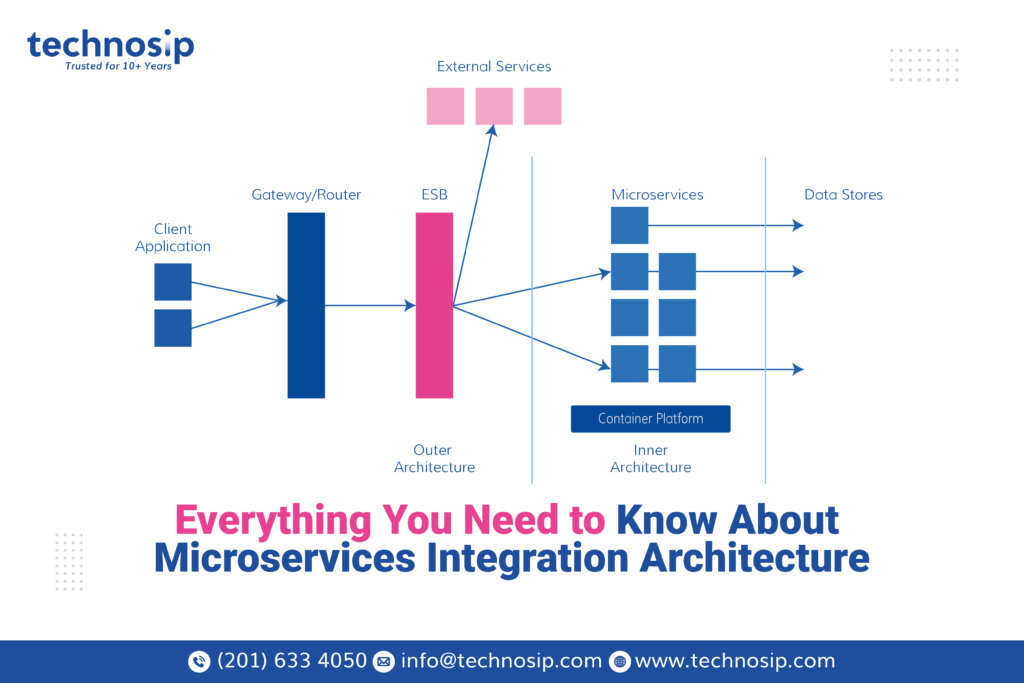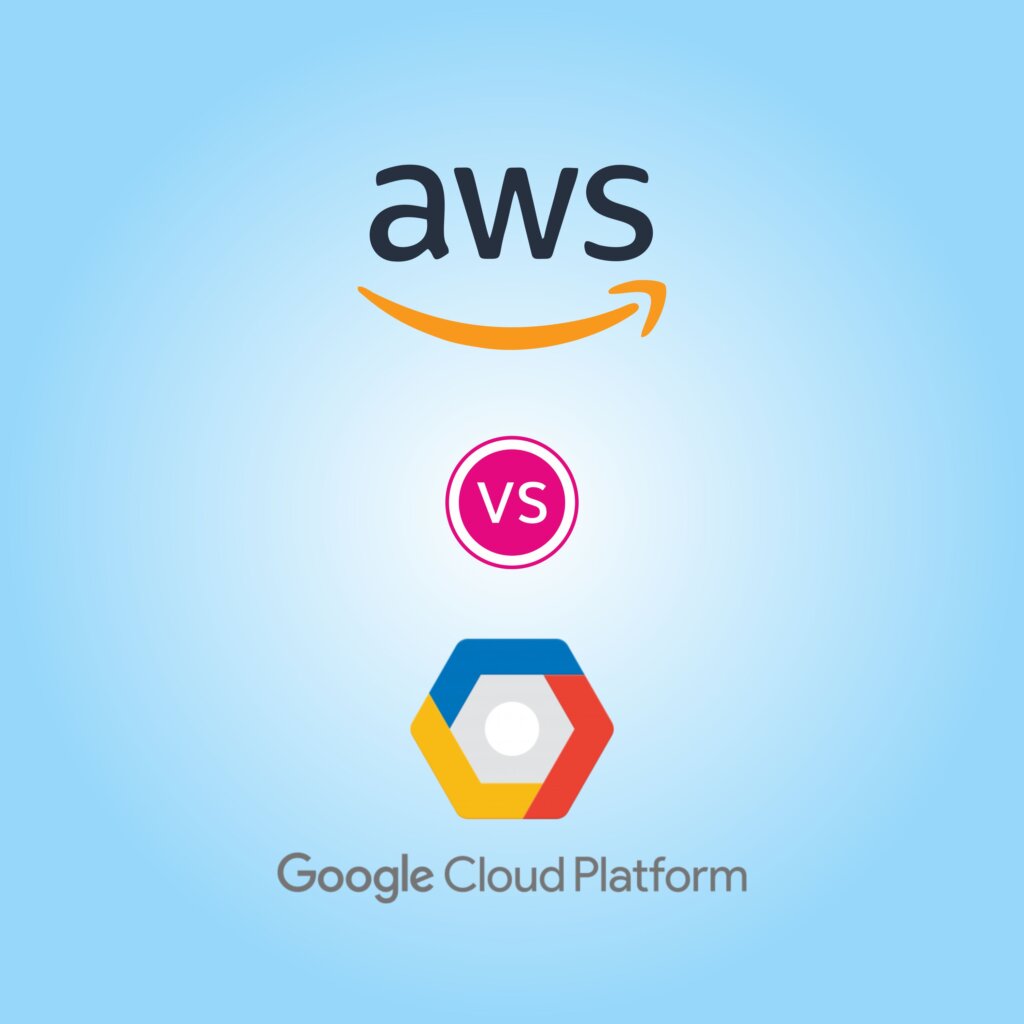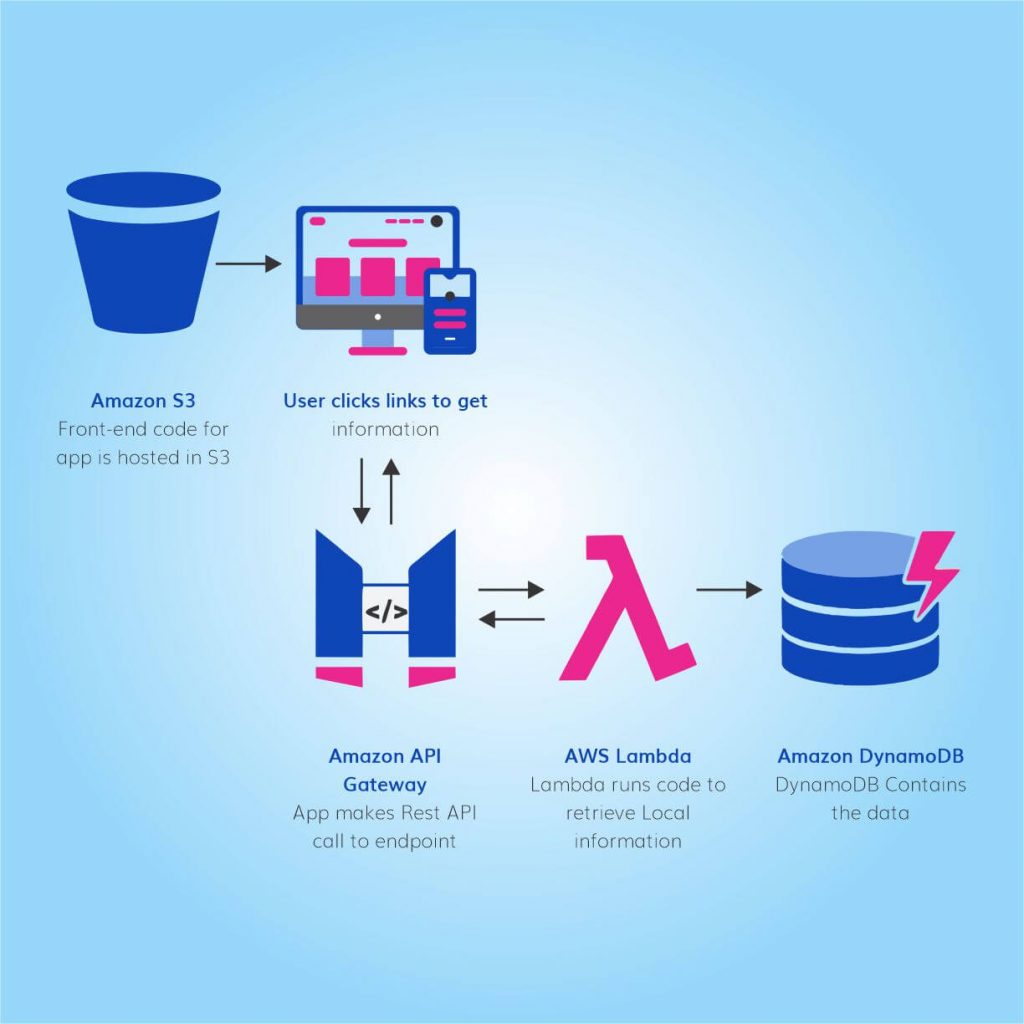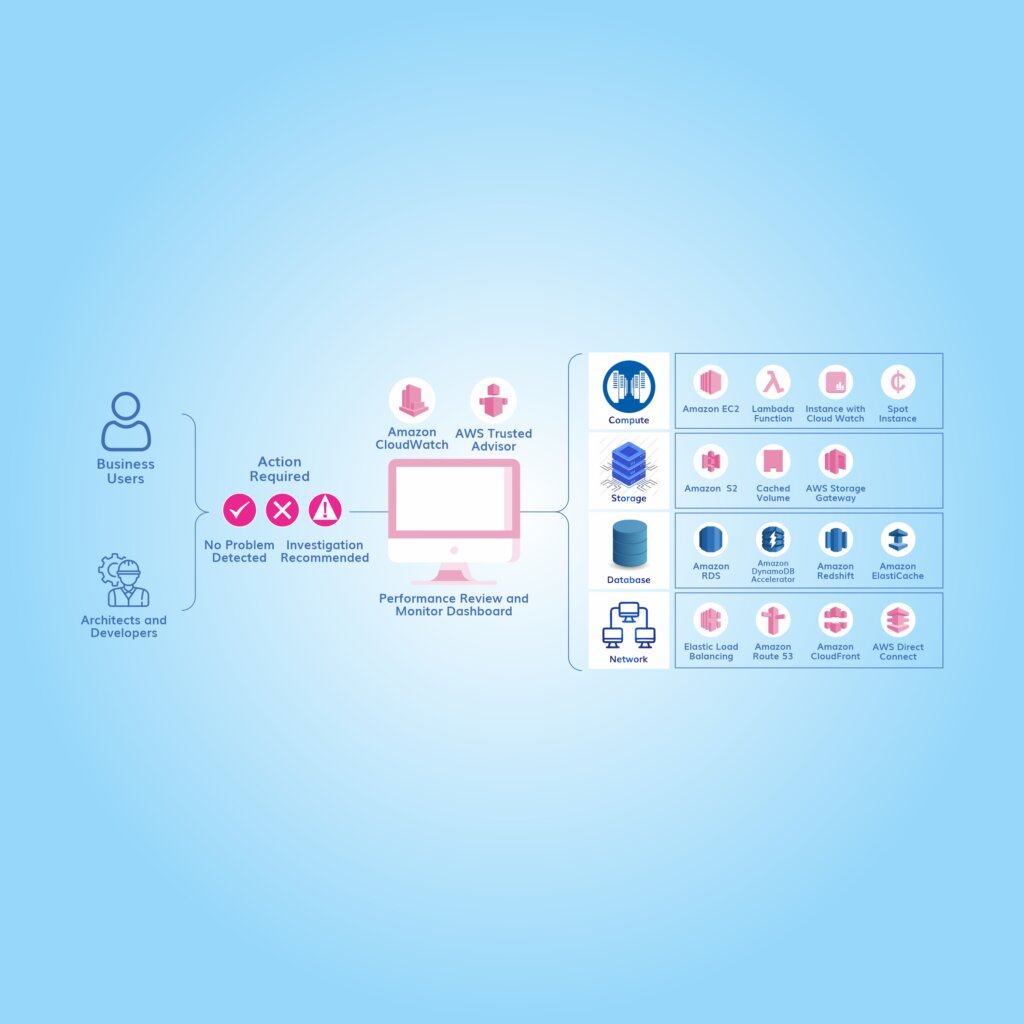Everything You Need to Know About Microservices Integration Architecture
Today’s businesses need to be agile to respond to evolving and progressing modern business priorities. Businesses with legacy IT systems need to navigate and negotiate their enterprise IT integration path. Shedding more light on the integration, it is no longer the less fiddle to the app development. Still, it has become integral to involving and enhancing the complex interactions across the value chain. Microservices integration architecture is no less than a boon for the application development industry as this is what endows developers to have swift and organized development.
Even though the early adoption of microservices architecture was slow, it has picked up pace in the past decade. Presently, it’s part of the development strategy of most start-ups, mid-scale industries, and enterprises. If you’re still unaware of the true power of microservices architecture, reading this post will help you have a deeper clarity on this front.
Benefits of Microservices Architecture can Bring to the integration
At a deeper level, microservices architecture has assorted and wider implications on development and integration levels that are hard to sum up altogether. As one tries their hand at this, reality unfolds. Still, there are certain immediate and evident positive impacts, which we’re bringing to the table right away.
-
Improved Productivity
In a microservices architecture, various small yet effective development components are used for development. This allows the development team to work individually yet in proximity with other developers. There is no need to wait for another development aspect to be complete for one to proceed further. This greatly impacts the overall development cycle, which becomes short and flawless.
It leads to quick and hassle-free testing, reduced fewer coordination hassles, and early development. When an organization needs urgent development, microservices architecture will be proven utterly beneficial.
-
Organizational Independence
It’s hard to match the independence that comes with microservices architecture as it promotes shared goals, collaborative efforts, and improved focus. It lets the developers work individually and provide full power to the development process. This is far better than the glued-dependent development process that keeps developers’ hands tied up.
-
Seamless Updates and Maintenance
Application development is a continual process that extends beyond bringing components together. It demands timely and uncompromised updates and maintenance. In the traditional development model, both these tasks were tiresome as one minor change used to have a high influence on the entire application structure.
Gladly, we have microservices that permit the update/maintenance of one component at a time without disturbing the entire application structure. This has made the updates and maintenance easier than before.
-
Tool and Technology Flexibility
With microservices integration, developers have a chance to use tools and technologies of their choice. They are not forced to use only a specific technology, which is the case with a monolithic application development approach. Development tends to be perfected and ultra-modern when various and need-based tools are used.
Above are some of the most lucrative benefits that microservices bring to the table. However, the key to reaping these benefits is having the right microservices partner by your side and enough understanding of useful microservices architecture choices.

Different Microservices Integration Patterns For Architecture
When we talk about microservices architecture, mentioning microservices integration is a must as this is the foundation of successful microservices architecture implementation. An inefficient microservices architecture is no less than a headache. It’s very essential to have seamless microservices integration so that all the systems work seamlessly. Have a look at expert-recommended microservices integration for architecture.
Database Integration
As the name suggests, this microservices integration focuses on the data involved in the development. This integration promotes allowing two or more services to read/write data from a centralized database.
We all know that the central database houses the data of all the services, and this integration pattern ensures that this central data accessibility is used to improve the development flow.
The simplest way to understand this database integration pattern is to understand the bank application. This application has data access to fields like login, user profile, transaction data, reports, credit score, and so on. This assorted data is gathered by various banking services but is offered via one solution.
This microservices integration pattern is most suitable for low-level applications. Use it in the early phase of development. It’s not a wise choice to make if the application involves inter-services communication.
Pros
- It’s utterly simple to handle and process
- The pattern has wide implication scope
Cons
- It’s highly abused
- It couples tons of services that end up making things complex
Synchronous API Calls
This microservices integration pattern involves using APIs for service communication. Every data access is provided via APIs. The request-response method is used for data accessibility.
The service waits till the API responds to the data access request. The most common use case of this microservices integration is the security token, as these tokens have a short life and can only be created at the time of usage.
Pros
- Provides a hold over data access call
- More flexible when it comes to technical choices
- Developers have the freedom to hide crucial details
Cons
- It increases the workload that decreases the performance in long term
- Makes transaction management complex
ETL (Extract, Transform, and Load)
In this integration approach, data synchronization is done via background processes per a set schedule. Data can be either pushed or pulled. It’s an asynchronous approach that waits for the callback.
The most common use case for this microservices integration is reporting services/applications. Such applications are an ideal fit for ETL integration as they tend to get involved with time to ensure that live time reports are offered. Also, this approach is applicable only when stale data is permissible.
Pros
- Implementation details are well hidden
- Reasonable decoupling is offered as microservices are not depending on each other
- There is no impact of processing time and uptime on the live users
Cons
- The process will have to modify with the modification with source and end databases.
- It’s tough to find out the change delta that leads to untimed data pushing
- The process is time-consuming
Messaging
Messaging microservices integration refers to the meaningful exchange of messages between two or more services. The message exchange takes place with the help of integration or commands. The exchange takes place with the help of Azure Services Bus or MSMQs. Structure-wise, it comes in publish-subscribe patterns and enterprise integration patterns.
Pros
- It offers a top-notch decoupling facility
- Technology choice flexibility is offered
- The data pushing mechanism makes data transfer easy
Cons
- Messaging can become complex if incorrect service or transaction boundaries are present
- It demands discipline at every stage
Wrapping Up
Microservices will drive the future as the world is impressed with the benefits they bring along. Developers experience swift and excellent development while having the freedom to pick tools of their choice and work as per their will.
But, having great integration is crucial as its absence will mess up everything. While planning to use microservices, you must consider choosing the right kind of microservices integration. This is a non-negotiable step. If you are looking for an industry expert to integrate your application for Microservices Architectures, then connect with us today to refine your enterprise. We are renowned for offering top-of-the-line DevOps development services and consulting solutions.
Contact Us
We’d Love to Help You
Get in Touch
- Fill out a request form. Please brief your requirements in-detail. The more we know about your amazing idea, the better we will guide and assist you with project time and resources
- We’ll reach out to you on priority to discuss next steps in the meantime please check out our case studies and insights.
- We look forward to collaborating with you to bring your idea to the market sooner than the traditional route.
Related




